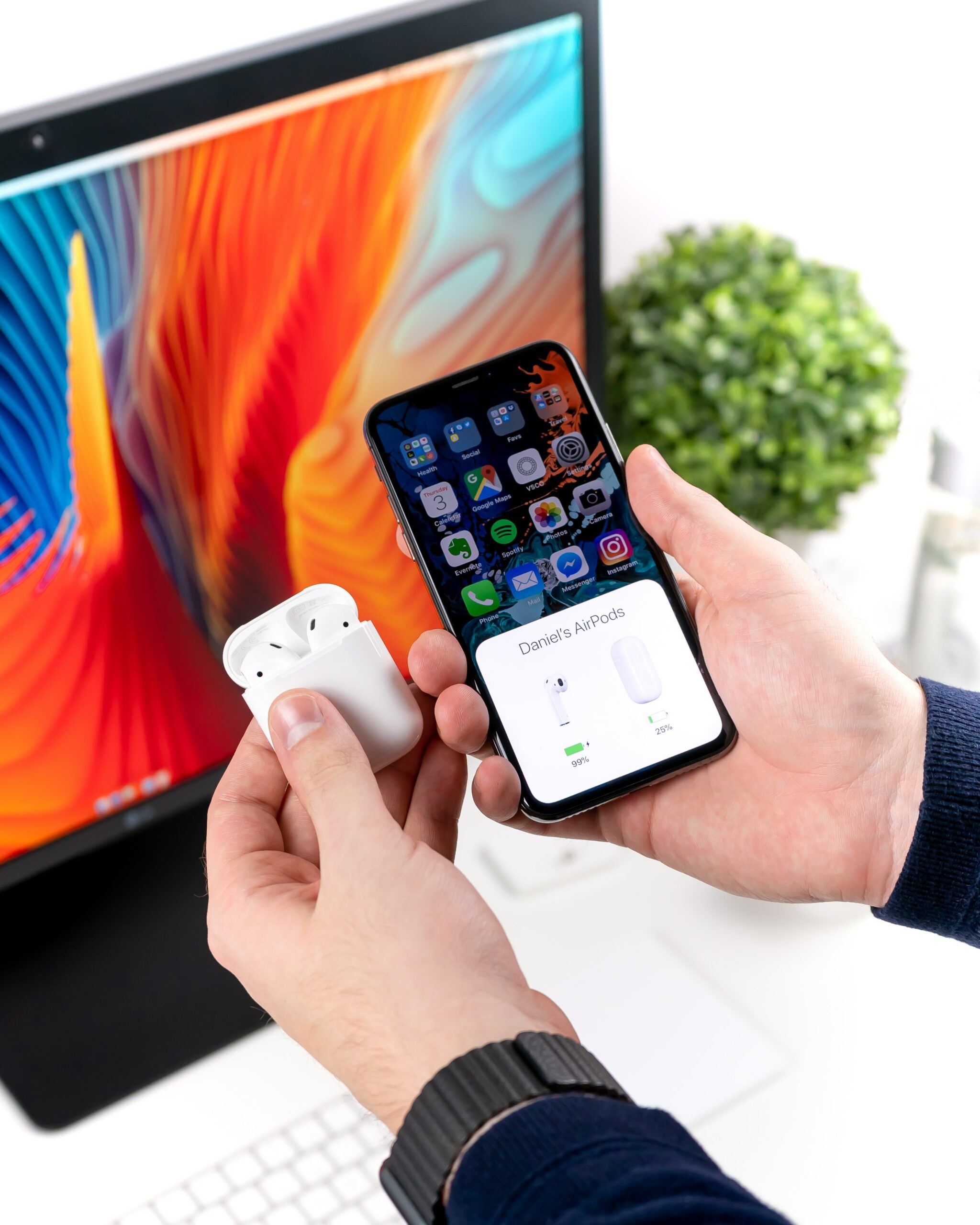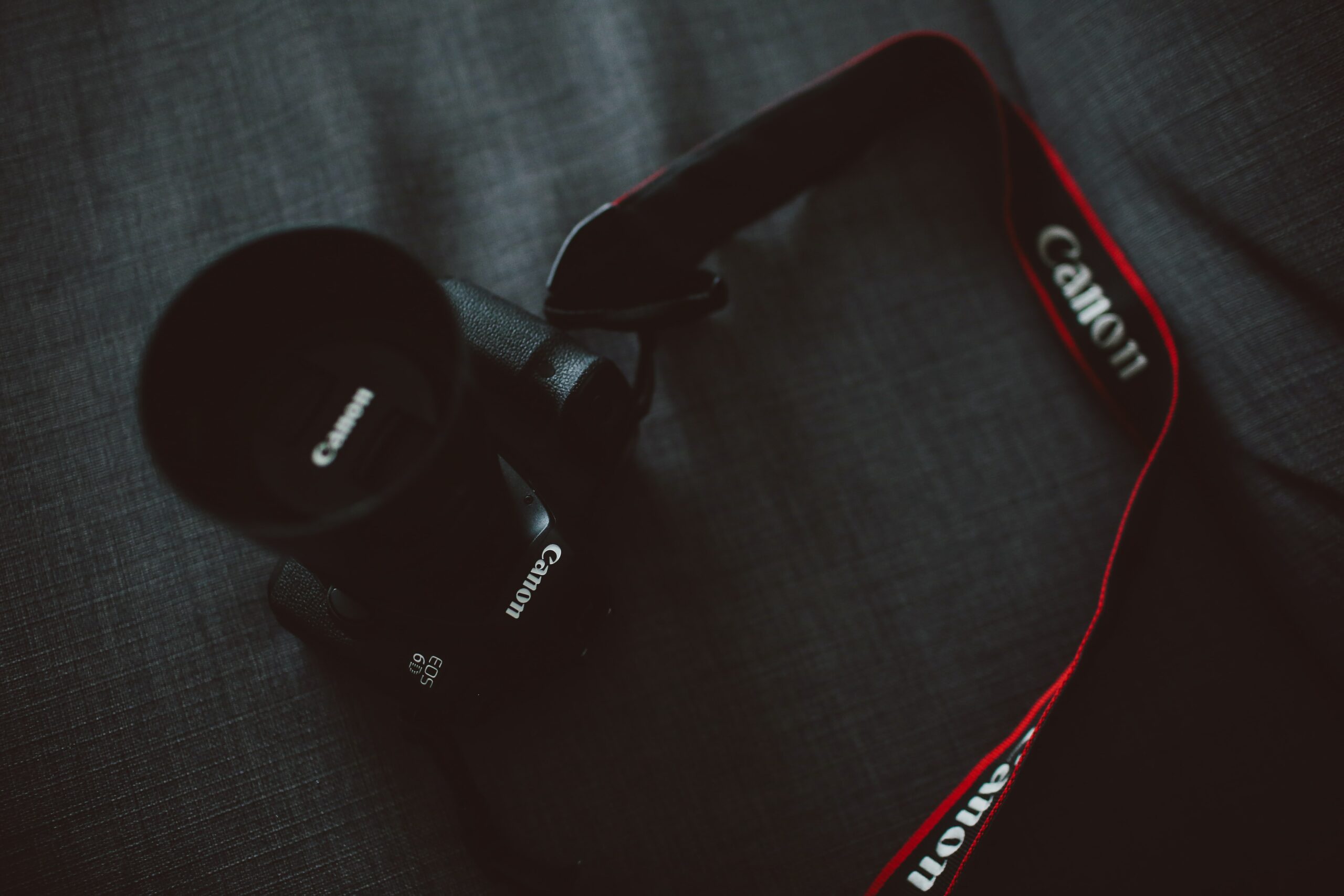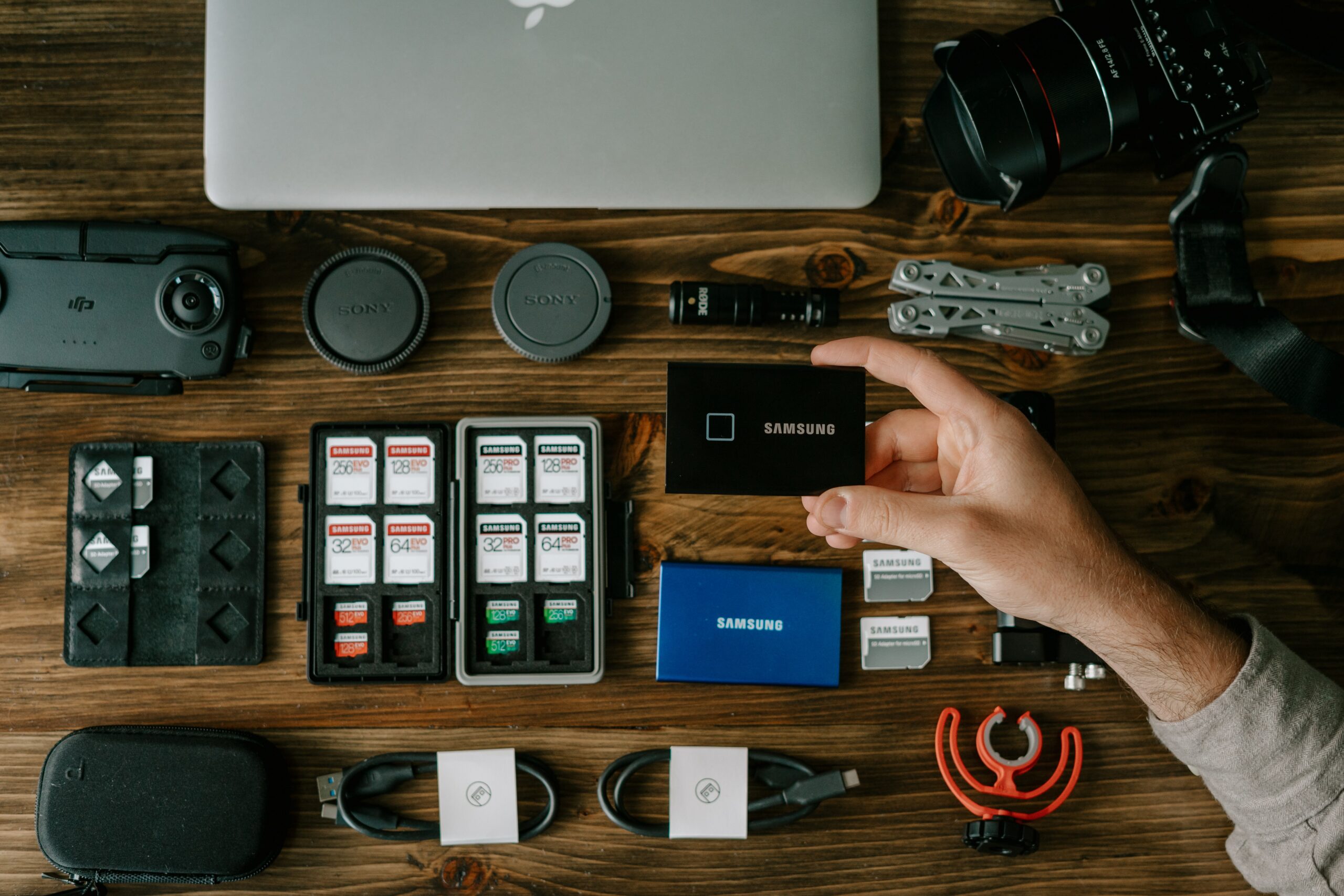
An external camera screen is a device that allows you to see the live view of the image that your camera is capturing, without having to look through the viewfinder on the camera itself. There are several types of external camera screens available, including those that connect to your camera via a cable, and those that connect wirelessly.
One of the main benefits of an external camera screen is that it can help you to compose your shots more accurately, particularly in difficult lighting conditions or when working with a wide-angle lens. This is because you can see the live view of the image on a larger, more detailed screen, rather than trying to compose the shot through the small viewfinder on the camera.
Another benefit of an external camera screen is that it can help you to view and review your photos more easily. For example, you can use the screen to zoom in on a particular part of the image, or to check for focus and composition issues.
External camera screens can also be useful for video recording, especially for vlogging and live streaming, an external screen can help you to see yourself and the background in real-time, making sure you are in the center and everything is in place.
There are several different types of external camera screens available, including:

LCD Screens: These are the most common type of external camera screen, and are typically built into the back of the camera. They offer a large, detailed view of the image and can be used to compose shots, review photos, and change camera settings.
Electronic Viewfinders (EVF): An EVF is an electronic viewfinder that attaches to your camera and uses a small LCD screen to display the live view of your image. EVFs can be useful for composing shots in bright sunlight, and they can also be used to review photos and change camera settings.
Wireless Screens: These are external screens that connect to your camera wirelessly and allow you to see the live view of the image on your smartphone or tablet. This type of screen is particularly useful for vlogging and live streaming.
When choosing an external camera screen, it is important to consider the type of photography or videography you will be doing, as well as your budget. LCD screens are typically more affordable than EVFs, but they may not be as useful in bright sunlight. Wireless screens are more expensive than the other types of external screens but can offer more flexibility and convenience.
It is also important to consider the resolution, size, and brightness of the screen, as well as the type of connector that it uses (e.g. HDMI, USB, etc.). Some screens come with additional features such as touch screen, built-in speaker, and microphone.
When using an external camera screen, it is important to be aware of the battery life of the screen and the camera. Make sure to have extra batteries or power banks in case you need it.
In conclusion, an external camera screen is a useful tool for photographers and videographers that allows them to see the live view of the image that their camera is capturing, without having to look through the viewfinder on the camera itself. There are several types of external camera screens available, including LCD screens, electronic viewfinders, and wireless screens. When choosing an external camera screen, it is important to consider the type of photography or videography you will be doing, as well as your budget, resolution, size, brightness, and the type of connector it uses. Additionally, be aware of the battery life of the screen and the camera, and always have extra batteries or power banks on hand.
What Is an External Camera Screen?
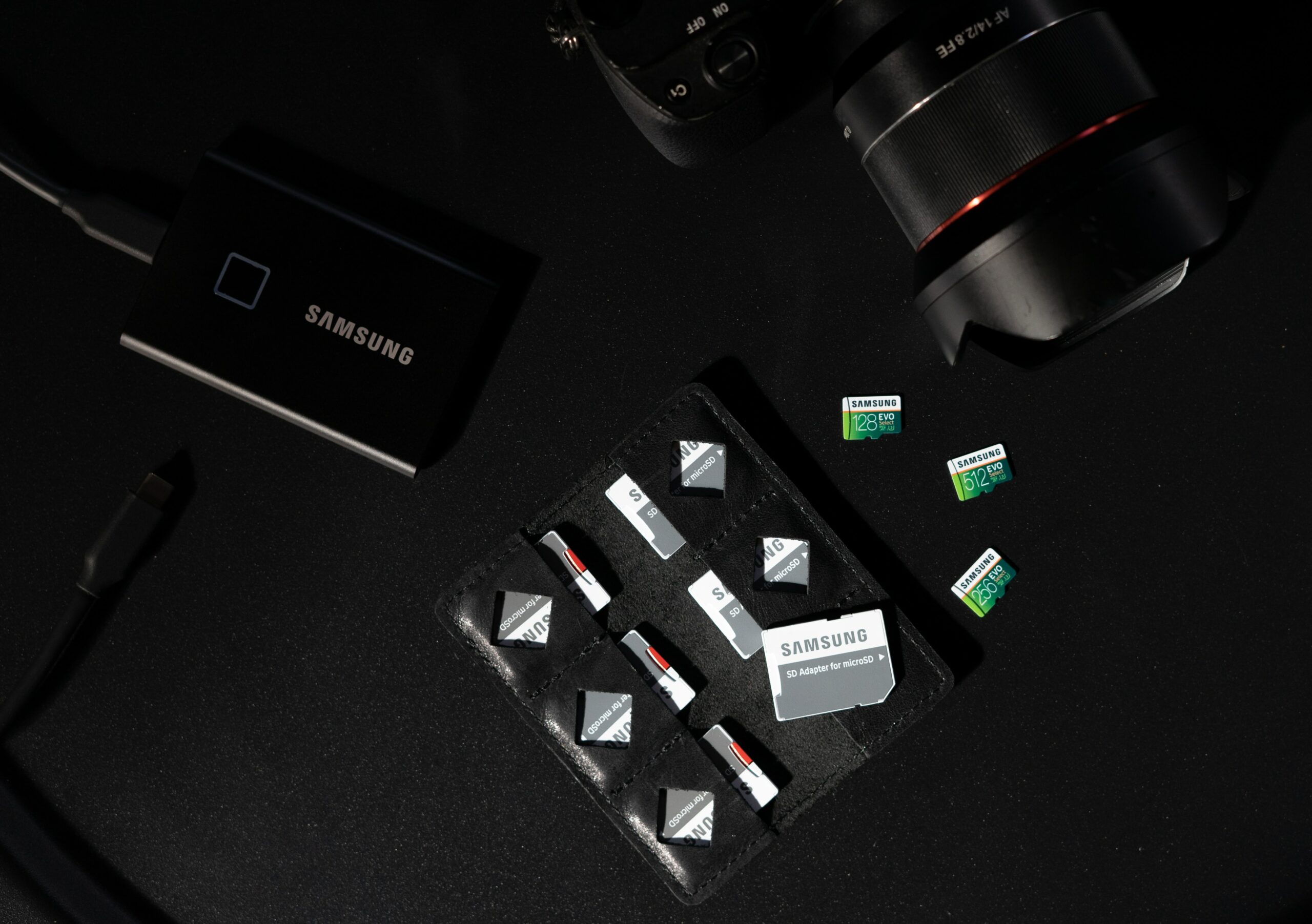
An external camera screen is a device that allows you to see the live view of the image that your camera is capturing, without having to look through the viewfinder on the camera itself. It is an additional screen that connects to your camera, either via a cable or wirelessly, and allows you to see the image on a larger, more detailed screen. This can be helpful for composing shots, reviewing photos, and changing camera settings.
There are several types of external camera screens available, including:
LCD Screens: These are the most common type of external camera screen, and are typically built into the back of the camera. They offer a large, detailed view of the image and can be used to compose shots, review photos, and change camera settings.
Electronic Viewfinders (EVF): An EVF is an electronic viewfinder that attaches to your camera and uses a small LCD screen to display the live view of your image. EVFs can be useful for composing shots in bright sunlight, and they can also be used to review photos and change camera settings.
Wireless Screens: These are external screens that connect to your camera wirelessly and allow you to see the live view of the image on your smartphone or tablet. This type of screen is particularly useful for vlogging and live streaming.
Using an external camera screen can help you to compose your shots more accurately, particularly in difficult lighting conditions or when working with a wide-angle lens. This is because you can see the live view of the image on a larger, more detailed screen, rather than trying to compose the shot through the small viewfinder on the camera. Additionally, an external camera screen can help you to view and review your photos more easily, by allowing you to zoom in on a particular part of the image, or to check for focus and composition issues.
When choosing an external camera screen, it is important to consider the type of photography or videography you will be doing, as well as your budget. LCD screens are typically more affordable than EVFs, but they may not be as useful in bright sunlight. Wireless screens are more expensive than the other types of external screens but can offer more flexibility and convenience.
It is also important to consider the resolution, size, and brightness of the screen, as well as the type of connector that it uses. Some screens come with additional features such as touch screen, built-in speaker, and microphone.
An external camera screen is a useful tool for photographers and videographers that allows them to see the live view of the image that their camera is capturing, without having to look through the viewfinder on the camera itself. There are several types of external camera screens available, including LCD screens, electronic viewfinders, and wireless screens. When choosing an external camera screen, it is important to consider the type of photography or videography you will be doing, as well as your budget, resolution, size, brightness, and the type of connector it uses. Additionally, be aware of the battery life of the screen and the camera, and always have extra batteries or power banks on hand.
Use of External Camera Screen
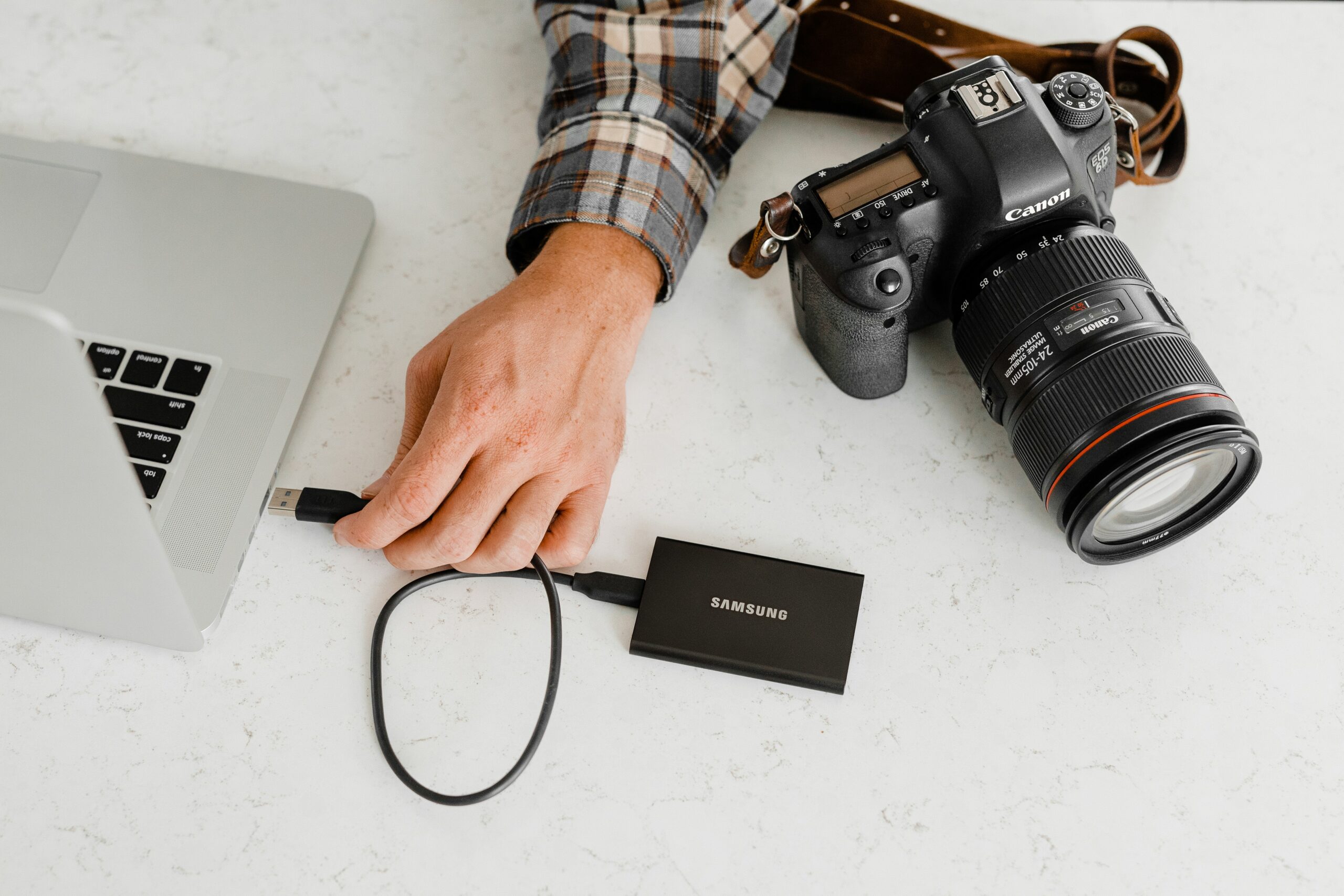
The use of an external camera screen can be beneficial for a variety of photography and videography applications. Some of the main advantages of using an external camera screen include:
Composition: An external camera screen allows you to see the live view of the image on a larger, more detailed screen, making it easier to compose your shots. This can be particularly helpful when working with wide-angle lenses or in difficult lighting conditions.
Reviewing Photos: An external camera screen allows you to review your photos more easily, by allowing you to zoom in on a particular part of the image, or to check for focus and composition issues. This can save time and improve the overall quality of your photos.
Changing Camera Settings: An external camera screen can also be used to change camera settings, such as ISO, shutter speed, and aperture. This can be useful for adjusting the settings for different lighting conditions, or for achieving a specific effect in your photos.
Live Streaming and Vlogging: Wireless external screens are particularly useful for vlogging and live streaming. It allows the user to see the live view of the image on your smartphone or tablet, which can be helpful for composing shots and ensuring that the image is properly framed.
Remote Shooting: Some external camera screens can be used for remote shooting, which allows you to control your camera remotely. This can be useful for taking photos or videos in difficult or dangerous locations, or for taking photos or videos of wildlife without disturbing them.
Studio Photography: External camera screens can be especially useful in studio photography. It can help to view the live view of the image on a larger, more detailed screen, and make adjustments to lighting, background, and composition without having to look through the viewfinder on the camera.
When using an external camera screen, it is important to consider the type of photography or videography you will be doing, as well as your budget. LCD screens are typically more affordable than EVFs, but they may not be as useful in bright sunlight. Wireless screens are more expensive than the other types of external screens but can offer more flexibility and convenience.
It is also important to consider the resolution, size, and brightness of the screen, as well as the type of connector that it uses. Some screens come with additional features such as touch screen, built-in speaker, and microphone.
An external camera screen can be a useful tool for photographers and videographers, providing benefits such as improved composition, easy photo review, and camera setting adjustments. It can also be useful for live streaming, remote shooting, and studio photography. When using an external camera screen, it is important to consider the type of photography or videography you will be doing, as well as your budget, resolution, size, brightness, and the type of connector it uses. Additionally, be aware of the battery life of the screen and the camera, and always have extra batteries or power banks on hand.
Best External Camera Screen Monitors
FEELWORLD FW568
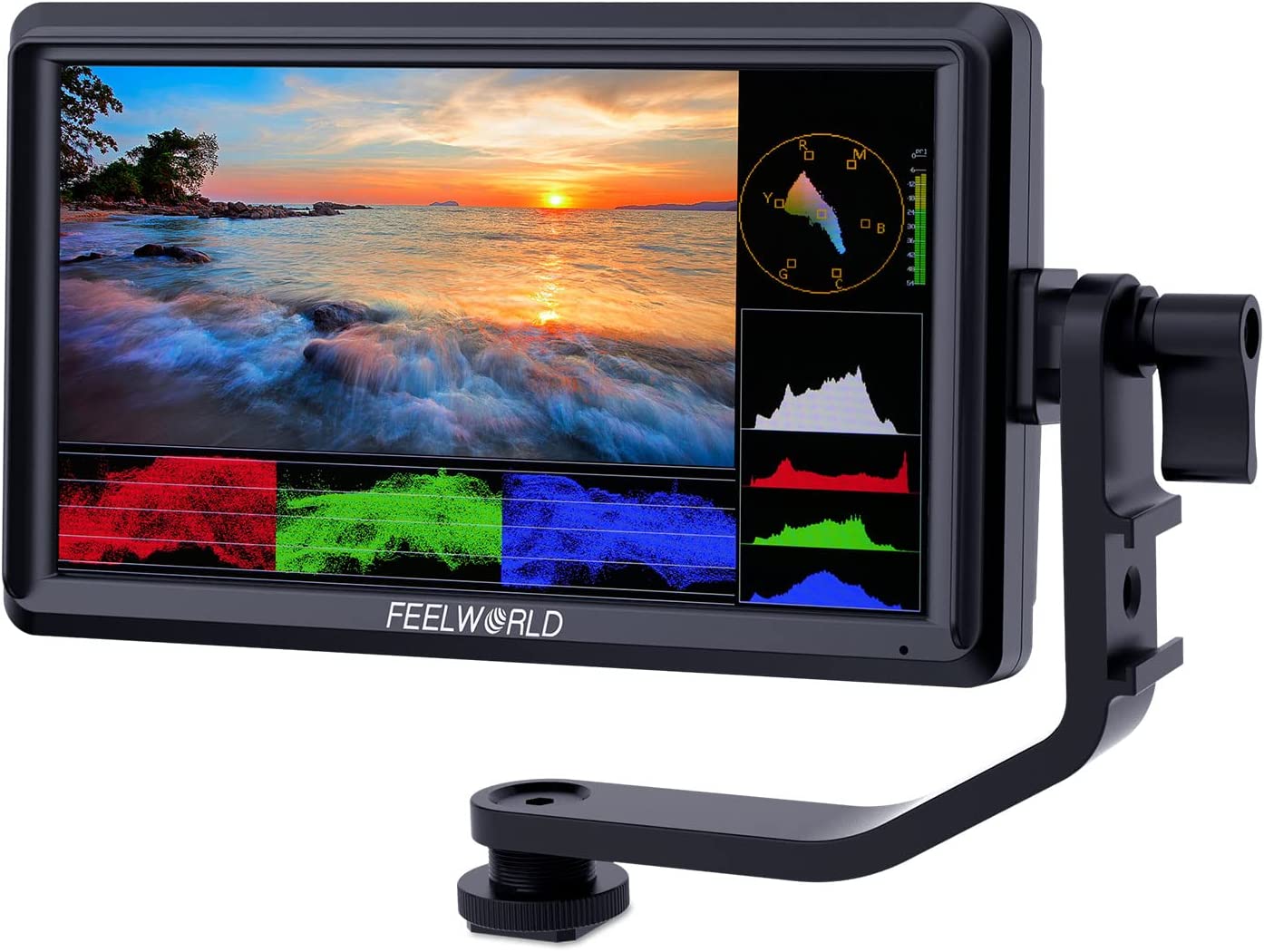
The Feelworld FW568 is a popular external camera screen monitor used by photographers and videographers. It features a 5.5-inch IPS 1080p full HD resolution display with a brightness of 450cd/m2 and a contrast ratio of 800:1. The FW568 offers a wide viewing angle of 170 degrees, making it easy to see the image from different angles. It also supports 4K HDMI input and output, which allows you to connect to a variety of cameras, including DSLRs, mirrorless cameras, and camcorders.
The FW568 also has a built-in 3.5mm headphone jack and speaker, which allows you to monitor audio while recording or playing back footage. The monitor also has a built-in rechargeable battery that can last up to 4 hours on a single charge. Additionally, it has a built-in sunshade hood, which can help to reduce glare when working in bright sunlight.
The FW568 has a variety of features that make it an attractive choice for photographers and videographers. It has a histogram, focus assist, false colors, and peaking focus functions, which are all useful for ensuring that your images are correctly exposed and in focus. It also has a built-in 3D LUT function, which allows you to apply color correction to your images, making it easy to achieve a consistent look across all of your footage.
In summary, the Feelworld FW568 is a popular external camera screen monitor that offers a wide range of features for photographers and videographers. It has a 5.5-inch IPS 1080p full HD resolution display, a wide viewing angle of 170 degrees, 4K HDMI input and output, and a built-in 3.5mm headphone jack and speaker. It also has a built-in rechargeable battery, sunshade hood, histogram, focus assist, false colors, and peaking focus functions, and 3D LUT function. It is a versatile monitor that can be used for a variety of photography and videography applications.
Atomos Ninja V
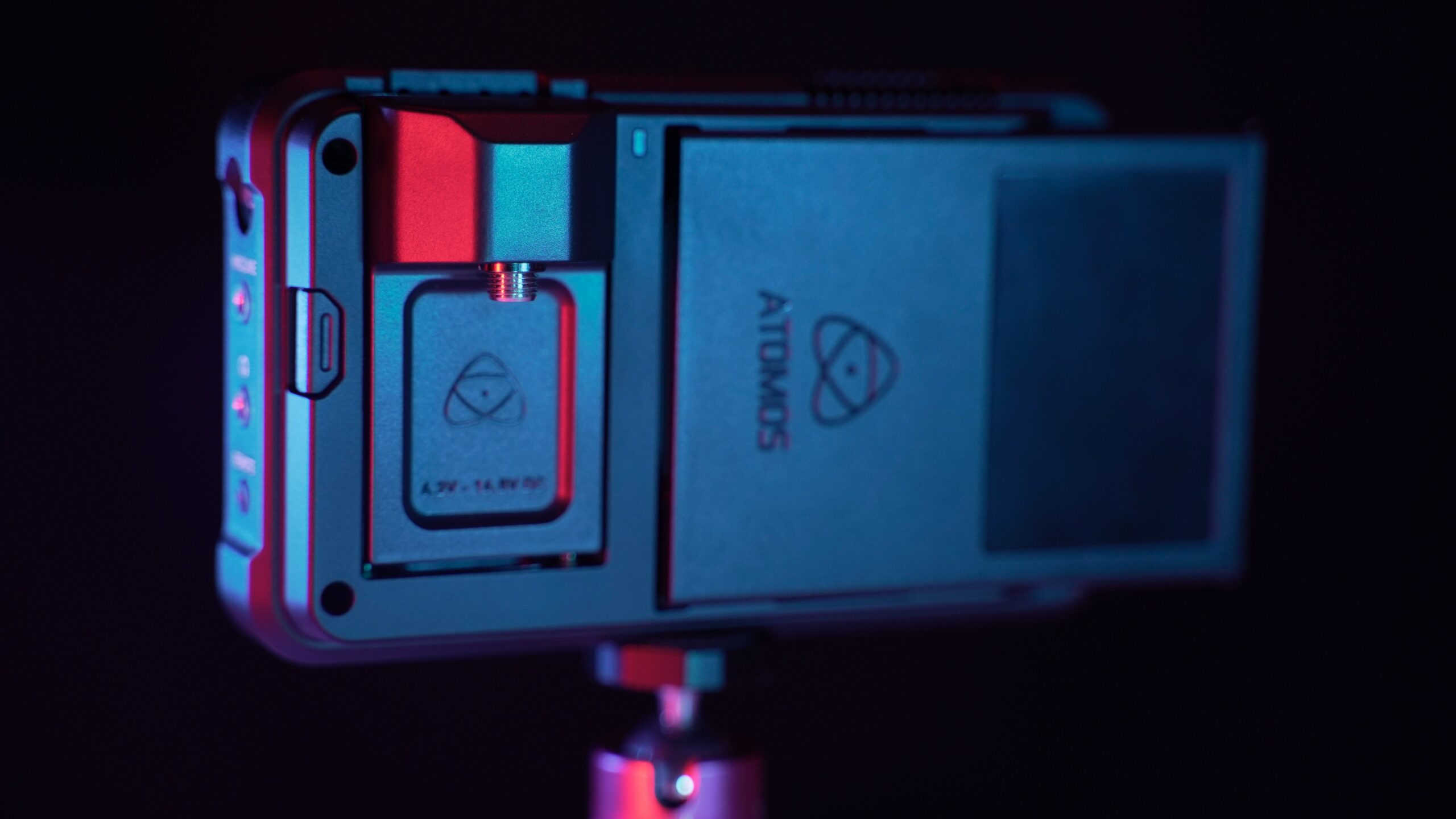
The Atomos Ninja V is a popular external camera screen monitor used by photographers and videographers. It is a 5-inch, 10-bit, 1500nit monitor that supports 4Kp60 HDR recording, which makes it ideal for use with high-end cameras. The Ninja V features a high-resolution IPS screen with a resolution of 1920×1080, which provides a clear and detailed image.
The Ninja V supports a wide range of inputs, including HDMI 2.0, which allows you to connect to a variety of cameras, including DSLRs, mirrorless cameras, and camcorders. It also supports 10-bit 4:2:2 ProRes and DNx recording, which allows you to record high-quality video directly to an SSD or HDD.
The Ninja V has a variety of features that make it an attractive choice for photographers and videographers. It has a built-in AtomHDR engine, which allows you to view and record Log/PQ/HLG from compatible cameras in real-time. It also has a built-in waveform monitor and vector scope, which allows you to accurately adjust your exposure and color balance. Additionally, it has a built-in audio recording capability, which allows you to record audio directly to the monitor
The Ninja V is also a durable and lightweight monitor, it is made of aircraft-grade aluminum, which makes it lightweight and durable. It also has a fanless design, which makes it quiet and energy-efficient.
In summary, the Atomos Ninja V is a popular external camera screen monitor that offers a wide range of features for photographers and videographers. It is a 5-inch, 10-bit, 1500nit monitor that supports 4Kp60 HDR recording and has a high-resolution IPS screen with a resolution of 1920×1080. It supports a wide range of inputs, including HDMI 2.0, and 10-bit 4:2:2 ProRes and DNx recording. It has a built-in AtomHDR engine, waveform monitor and vector scope, audio recording capability, and made of aircraft-grade aluminum. It is also durable and lightweight monitor with a fanless design, which makes it quiet and energy-efficient.
Atomos Shinobi
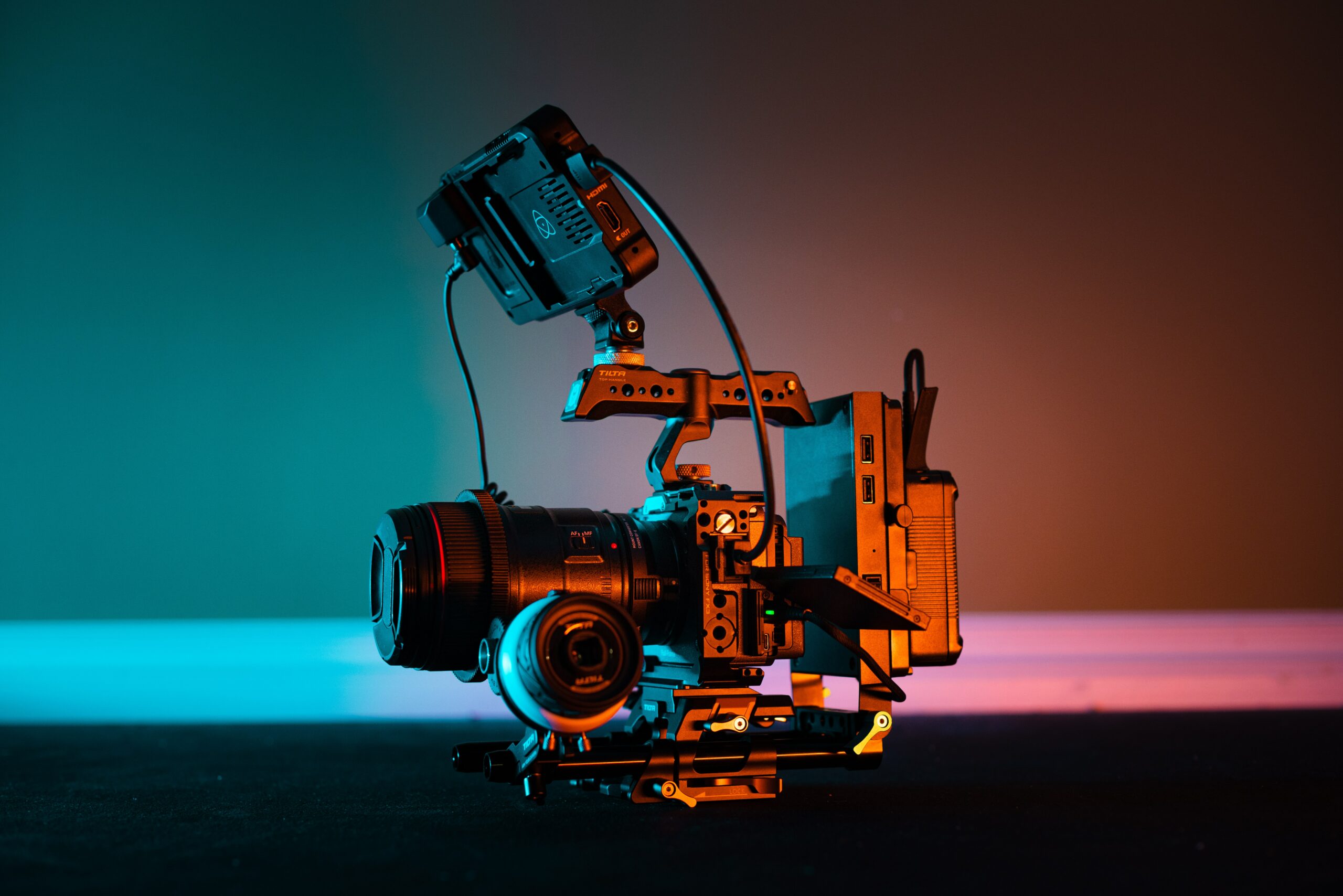
The Atomos Shinobi is a popular external camera screen monitor used by photographers and videographers. It is a 5-inch, 1000nit IPS monitor that supports 1080p60 HDR recording, which makes it ideal for use with high-end cameras. The Shinobi features a high-resolution IPS screen with a resolution of 1920×1080, which provides a clear and detailed image.
The Shinobi supports a wide range of inputs, including HDMI and USB-C, which allows you to connect to a variety of cameras, including DSLRs, mirrorless cameras, and camcorders. It also supports 10-bit 4:2:2 ProRes and DNx recording, which allows you to record high-quality video directly to an SSD or HDD.
The Shinobi has a variety of features that make it an attractive choice for photographers and videographers. It has a built-in AtomHDR engine, which allows you to view and record Log/PQ/HLG from compatible cameras in real-time. It also has a built-in waveform monitor and vector scope, which allows you to accurately adjust your exposure and color balance. Additionally, it has a built-in audio recording capability, which allows you to record audio directly to the monitor.
The Shinobi is also a lightweight and portable monitor, it has a slim and lightweight design, which makes it easy to carry around. It also has a fanless design, which makes it quiet and energy-efficient.
Lilliput A7s
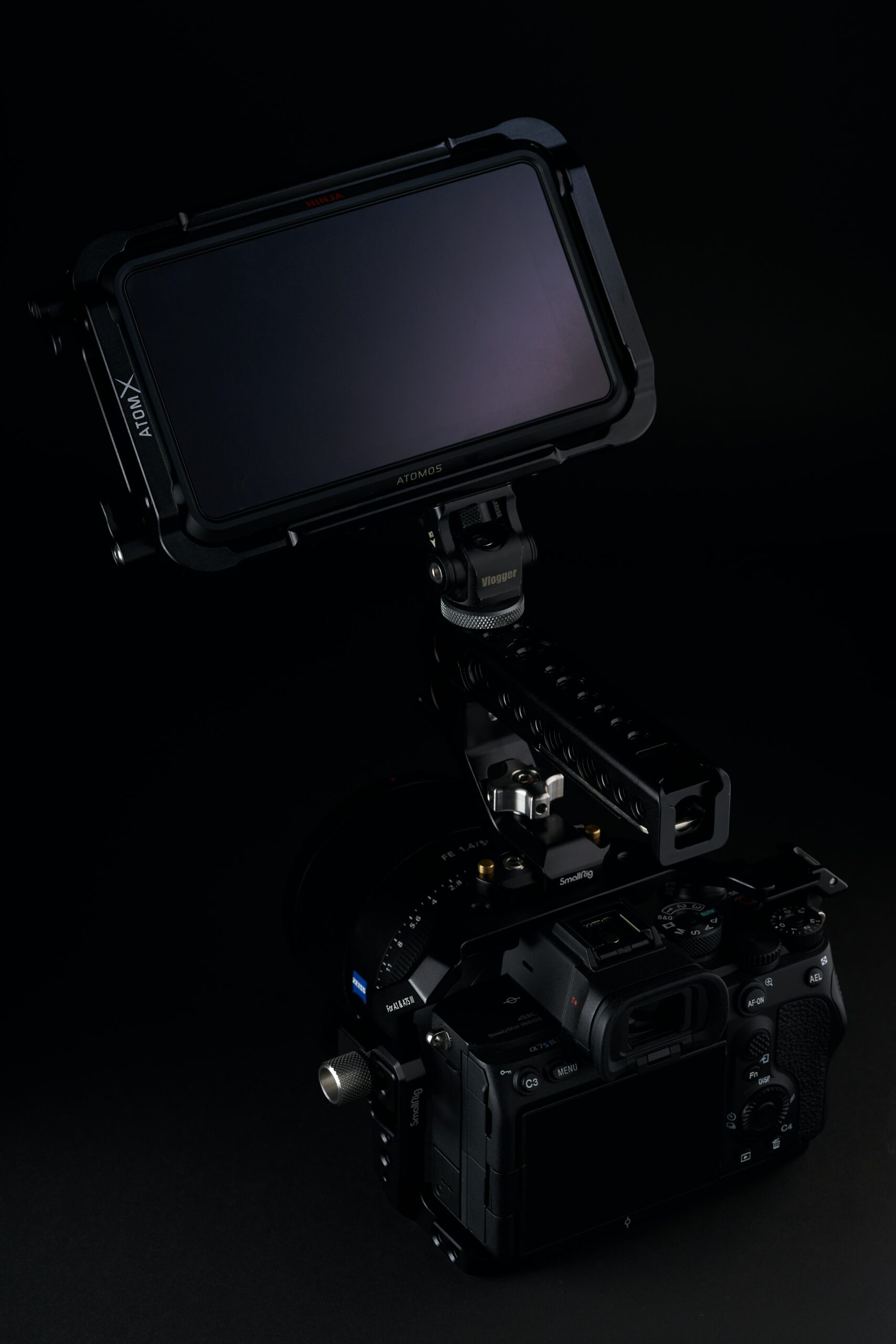
The Liliput A7s is a popular external camera screen monitor used by photographers and videographers. It is a 7-inch, 800×480 resolution monitor that supports 1080p input and allows you to view live footage from your camera in high-definition.
The A7s features a durable, high-quality IPS panel that provides a clear and detailed image. It is also equipped with a sun hood that helps to reduce glare and reflections, making it ideal for outdoor use. The monitor has an aspect ratio of 16:9 and supports a wide viewing angle of 178 degrees.
The A7s supports a wide range of inputs, including HDMI, AV and YPbPr, which allows you to connect to a variety of cameras, including DSLRs, mirrorless cameras, and camcorders. It also has a built-in speaker, which allows you to play back audio directly from the monitor.
The A7s has a variety of features that make it an attractive choice for photographers and videographers. It has a built-in histogram, which allows you to accurately adjust your exposure and color balance. Additionally, it has built-in Peaking and Zooming function, which allows you to focus on the specific area of the image.
The A7s is also lightweight and portable monitor. It’s ultra-thin and lightweight design, makes it easy to carry around.
SmallHD Indie
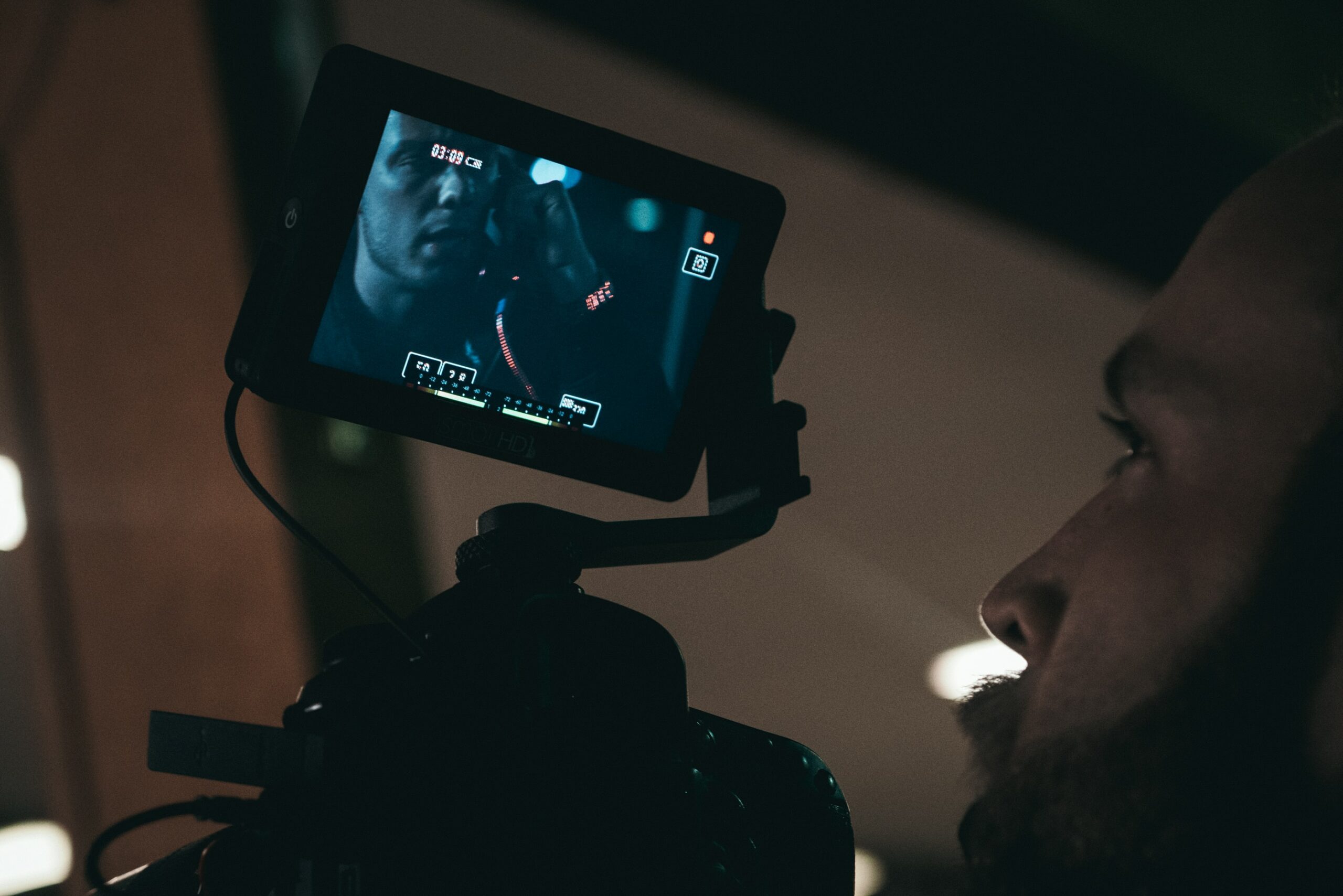
The SmallHD Indie is a popular external camera screen monitor used by photographers and videographers. It is a 7-inch, 1920×1200 resolution monitor that supports DCI 4K input and allows you to view live footage from your camera in high-definition.
The Indie features a durable, high-quality IPS panel that provides a clear and detailed image. It also has a high brightness of 1000 nits, which makes it ideal for use in bright outdoor environments. The monitor also features a built-in colorimeter, which allows you to accurately calibrate the monitor’s color settings.
The Indie supports a wide range of inputs, including HDMI and SDI, which allows you to connect to a variety of cameras, including DSLRs, mirrorless cameras, and camcorders. It also has a built-in speaker, which allows you to play back audio directly from the monitor.
The Indie has a variety of features that make it an attractive choice for photographers and videographers. It has a built-in waveform, which allows you to accurately adjust your exposure and color balance. Additionally, it has a built-in false color and zebra exposure assist, which helps you to expose your shots correctly. The monitor also features a built-in LUT support, which allows you to apply color grading to your footage in real-time.
The Indie is also lightweight and portable monitor. It’s slim and lightweight design, makes it easy to carry around.
Blackmagic Design Video Assist 3G
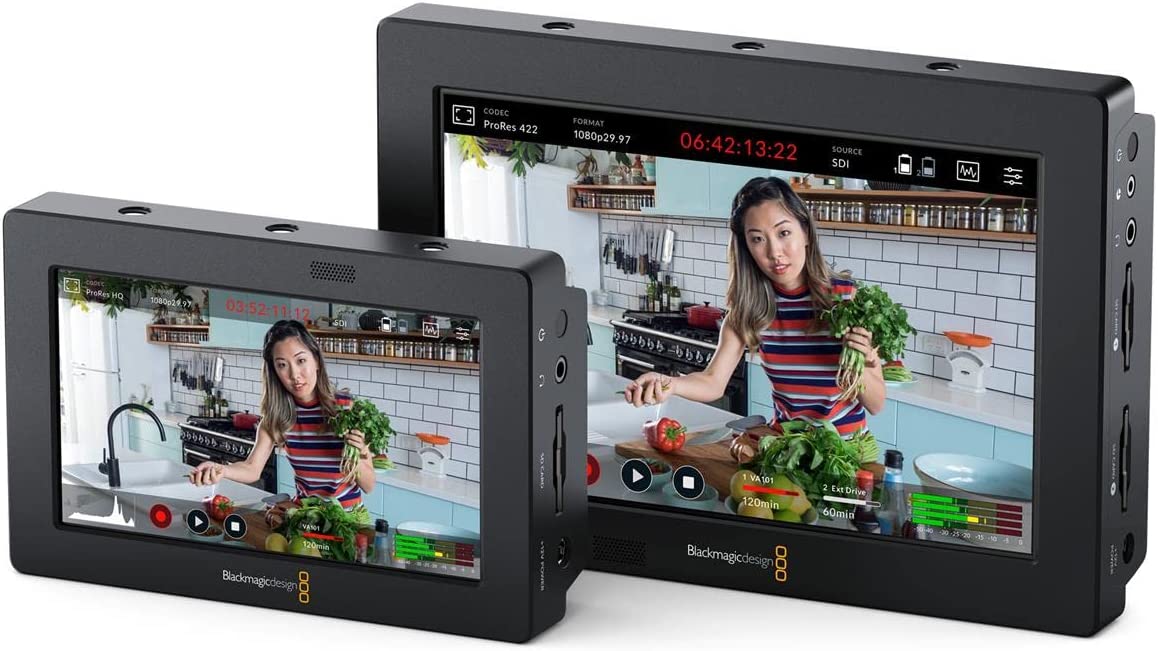
The Blackmagic Design Video Assist 3G is a high-quality external camera screen monitor designed for professional videographers and cinematographers. It is a 7-inch, 1920×1200 resolution monitor that supports up to 1080p input and allows you to view live footage from your camera in high-definition.
The Video Assist 3G features a durable, high-quality IPS panel that provides a clear and detailed image. It also has a high brightness of 800 nits, which makes it ideal for use in bright outdoor environments. The monitor also features a built-in histogram, which allows you to accurately adjust your exposure and color balance.
The Video Assist 3G supports a wide range of inputs, including HDMI and 3G-SDI, which allows you to connect to a variety of cameras, including DSLRs, mirrorless cameras, and camcorders. It also has a built-in speaker, which allows you to play back audio directly from the monitor.
The Video Assist 3G has a variety of features that make it an attractive choice for professionals. It has a built-in waveform, which allows you to accurately adjust your exposure and color balance. Additionally, it has a built-in false color and zebra exposure assist, which helps you to expose your shots correctly. The monitor also features a built-in LUT support, which allows you to apply color grading to your footage in real-time.
The Video Assist 3G is also lightweight and portable monitor. It’s slim and lightweight design, makes it easy to carry around.
